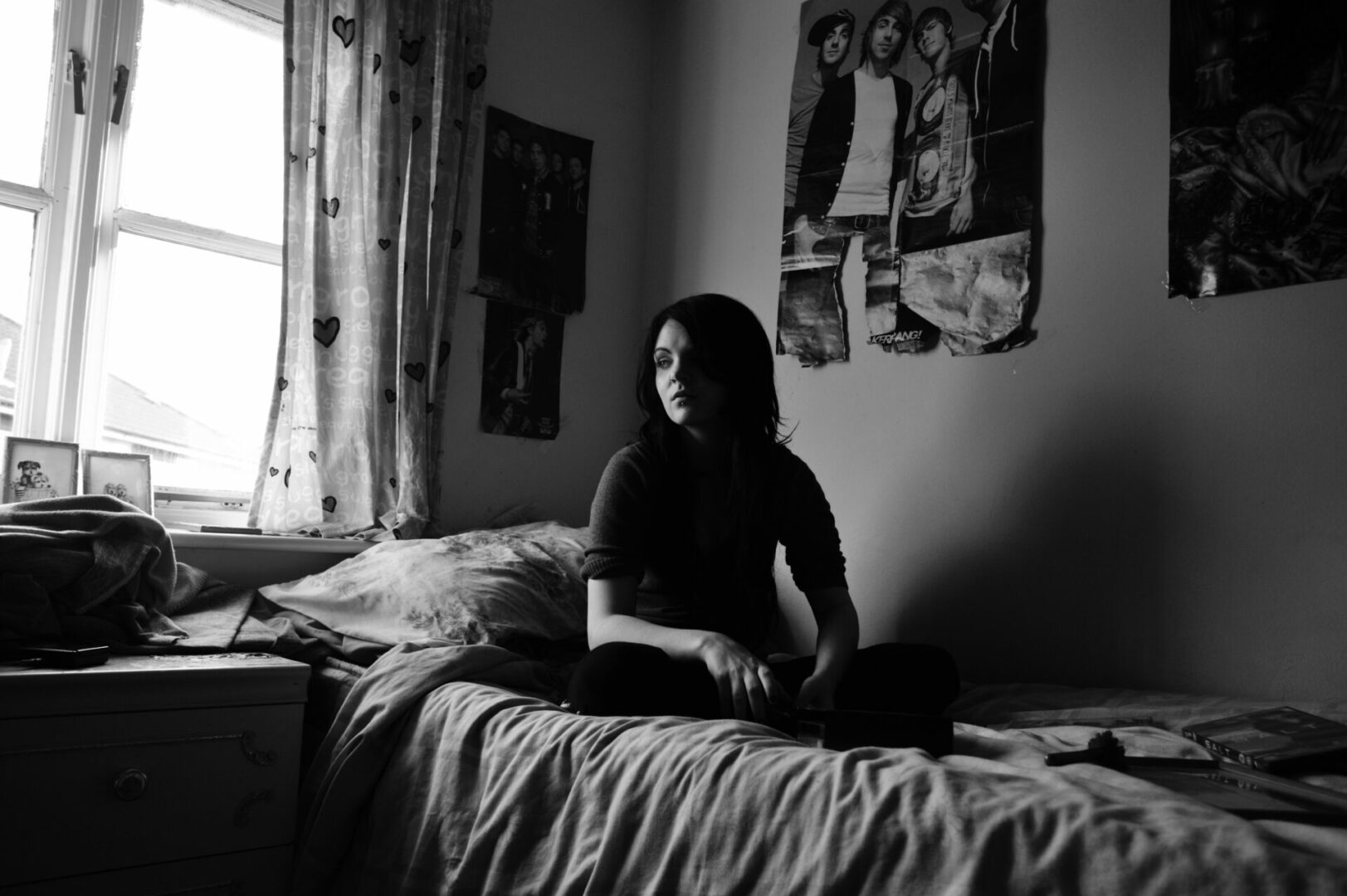After the End of History: British Working Class Photography 1989 – 2024 is the latest offering from Hayward Gallery’s touring series. It is an evocative group exhibition which launched at the Herbert Art Gallery & Museum in Coventry earlier this spring. This captivating showcase unites working-class artists who employ photography to survey the intricacies of contemporary life, casting their lenses on both their communities and the wider world. From Rene Matic’s affecting portrayal of growing up mixed-race in a predominantly white working-class enclave in Peterborough, to Elaine Constantine’s vibrant documentation of the Northern Soul scene, the show brings together a diverse tapestry of stories. There’s Kavi Pujara’s heartfelt tribute to Leicester’s Hindu community, as well as carer J A Mortram’s black-and-white portraits. Together, they demonstrate the importance of intersectionality and the sheer breadth of what contemporary working-class experiences can look like.

The show’s starting point is 1989. It’s an iconic moment in modern history with the fall of the Berlin Wall, symbolising the collapse of the Iron Curtain and the end of Communist rule in Eastern Europe. The 9 November 1989 marked a turning point in the global political landscape, heralding the demise of the Cold War era and the triumph of liberal democracy over authoritarianism. It was a pivotal event defined by the perceived triumph of western democracy. The dismantling of the Berlin Wall not only reunited a divided city but also served as a powerful metaphor for the reunification of Germany and, more broadly, of Europe as a whole. As the wall crumbled, so too did the barriers that had long separated east and west, paving the way for a new era of cooperation and democracy in the region. The fall signalled the end of an ideological struggle that had defined much of the 20th century, leaving an indelible mark on the course of history and shaping the geopolitical landscape for decades to come.

In the early 1990s, Economist Francis Fukuyama asserted that this milestone heralded the “End of History,” signalling the supposed ascendancy of a singular political ideology. Fukuyama’s thesis hypothesised that the collapse of Communism and the fall of the Berlin Wall marked the rise of liberal democracy as the ultimate form government and the conclusion of ideological conflict. However, the phrase “After the End of History” is often used to reflect on the complexities and challenges that have emerged in the post-Cold War era, questioning whether the ideals of liberal democracy have truly prevailed. There remain ongoing struggles for social justice, equality and human rights. Against this backdrop, After the End of History critically examines the fate of working-class culture and creativity in the aftermath of a paradigmatic shift. It answers the question: what narratives and images have emerged from these communities over the past three-and-a-half decades? Curator Johny Pitts says: “Developing a show which pieces together complex and counterintuitive expressions of working-class life has been deeply enriching. I hope the extraordinary work offers not only a celebration of the craft and creativity of working-class practitioners, but also engages, surprises and inspires a working-class audience, and anyone interested in art against-the-odds.”

Collectively, these photographers offer a profound commentary on the complexities of socioeconomic identity. Artists such as Richard Billingham, Joanne Coates and J A Motram are known for raw and intimate portrayals of working-class life. Their work is characterised by themes of family, poverty and marginalisation, drawing attention to the struggles and resilience of working-class communities. After the End of History introduces an exceptional range of artists to discover and, in addition to the aforementioned, they include: Sam Blackwood, Serena Brown, Antony Cairns, Rob Clayton, Josh Cole, Artúr Čonka, Natasha Edgington, Richard Grassick, Anna Magnowska, Kelly O’Brien, Eddie Otchere, Kavi Pujara, Khadija Saye, Chris Shaw, Trevor Smith, Ewen Spencer, Hannah Starkey, Igoris Taran, Nathaniel Telemaque, Barbara Wasiak and Tom Wood. Together, they provide a rich and nuanced exploration of the human condition. Their empathy and sensitivity challenges stereotypes by confronting problematic perceptions of class, inviting viewers to face their own preconceptions and biases as they navigate this truly seminal collection.
The show tours to three UK locations: Herbert Art Gallery & Museum, Coventry until 16 June 2024; then on to Focal Point Gallery, Southend-on-Sea: 3 July – 14 September and the final stop being Bonington Gallery, Nottingham: 27 September – 14 December. southbankcentre.co.uk
Words: Anna Müller
Image Credits:
1. J A Mortram, Small Town Inertia. Courtesy the artist.
2. Ewen Spencer, Twice as Nice, The End, London, 1999, Courtesy the artist.
3. Serena Brown, Clayponds, 2018, Courtesy the artist.
4. Ewen Spencer, 2 step, Twice as Nice, Ayia Napa, Cyprus, 2001, Courtesy the artist.





